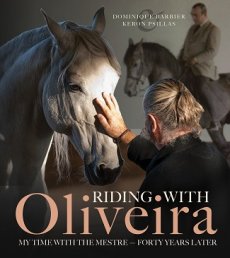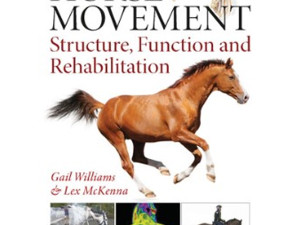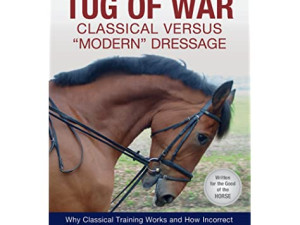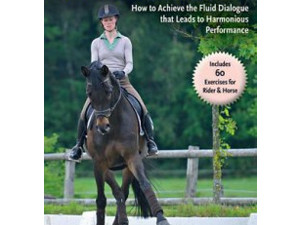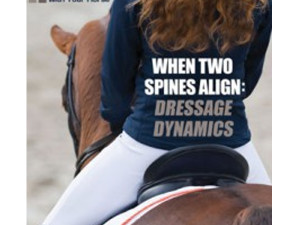Riding with Oliveira-Barbier
Riding with Oliveira-Barbier
$55.00
Riding with Oliveira-Barbier
My Time with the Mestre – Forty Years Later
The true Mestre is a person who directs and changes your life. Renowned champion of classical equitation principles and bestselling author Dominique Barbier names the revered Portuguese equestrian Nuno Oliveira as his. “Through great discipline, scholarly, serious inquiry and analysis, and a nonstop relentless passion, he formed his understanding of the Equestrian Art,” says Barbier. “As any student of Mestre Nuno Oliveira will know, he was anything but a simple man.”
Hardcover – 128 pages
Out of stock
CompareDescription
Riding with Oliveira-Barbier
Over several years Dominique Barbier had the unique opportunity to form an intimate relationship with Mestre Oliveira, and in this deeply personal book he chronicles their time together. Beginning in a tiny, dimly lit riding hall in Póvoa de Santa Iria e Forte da Casa, Portugal, where seminal moments of Barbier’s riding education dawned under the watchful eyes of many luminaries of the European riding elite, it then explores what came later when Barbier studied with the Mestre in Avessada and travelled with him to Belgium, France, and Spain.
Barbier’s recollections are complemented by those of three other equestrians who studied with the Mestre: Dany LaHaye, Bettina Drummond, and Luis Valença. The result is a remarkable and insightful retrospective of one of the most extraordinary horsemen of all time.
Related products
Horse Movement
Horse Movement $95.00Horse Movement – Structure, Function and Rehabilitation by Gail Williams & Lex Mckenna Hardback
Anatomy is often said to be boring, but nothing could be further from the truth. Anatomy, particularly functional anatomy, is a vital and dynamic subject, an appreciation of which leads not only to superior horse management and welfare, but also to a better understanding of the anatomical challenges associated with riding, training, overtraining, injury, and rehabilitation. Using Alexa McKenna’s fabulous illustrations, this book shows the correlation of the skeleton, muscular system and locomotion, providing a clear insight into the functional and dysfunctional horse.
It addresses the largely misunderstood concept of “perfect conformation” and looks at the effect of the rider and tack on the function of the horse, using cutting-edge diagnostic techniques such as thermal imaging and gait analysis.
Tug of War Classical versus Modern Dressage
Tug of War Classical versus Modern Dressage $44.95Tug of War Classical versus Modern Dressage
New paperback edition
By Dr. Gerd Heuschmann. Why Classical Training Works and How Incorrect Modern Riding Negatively Affects Horses Health. Tug of War looks at training from a physiological point.
In this publication he explains the biomechanics of the horse and therefore the biomechanical background of classical riding instruction. He also looks at today’s modern methods used in riding and training in comparison to the basis of classical knowledge. Hardback.
This book Tug of War and his DVD If Horses Could Speak are international bestsellers.
Rider+Horse = 1
Rider+Horse = 1 $45.00Rider+Horse = 1
How to Achieve the Fluid Dialogue that Leads to Harmonious Performance
Bringing rider and horse together so they can move as one is a complex equation. Now, sports physiologist and movement expert Eckart Meyners has combined efforts with German Riding School Head Hannes Muller and St. Georg editor Kerstin Niemann to provide a book with the answers.
Featuring 2014 World Equestrian Games gold and silver medal winning rider Helen Langehanenberg and a depth of detail not yet found in other books on riding theory and biomechanics make Rider+Horse=1 necessary reading for all those who aspire to a true understanding of movement, function, and their impact on performance.
Hardback
When Two Spines Align
When Two Spines Align $69.95When Two Spines Align Dressage Dynamics by Beth Baumert Hardback
Within riding exists a fundamental conflict of interest: The rider needs to have control— confidence depends on ability to control the balance of own body as well as that of a very powerful horse. The horse, by nature, needs to feel free—free in both mind and body to express himself through physical movement.
Readers will discover how to use “positive tension” and what the author calls the four physical “Powerlines”—Vertical, Connecting, Spiraling, and Visual—to become balanced and effective in the saddle. Readers will then find ways to understand and manage the horse’s balance and coordination challenges, including the fact that he is inherently crooked and naturally inclined to do too much with his front end and not enough with his hind.

